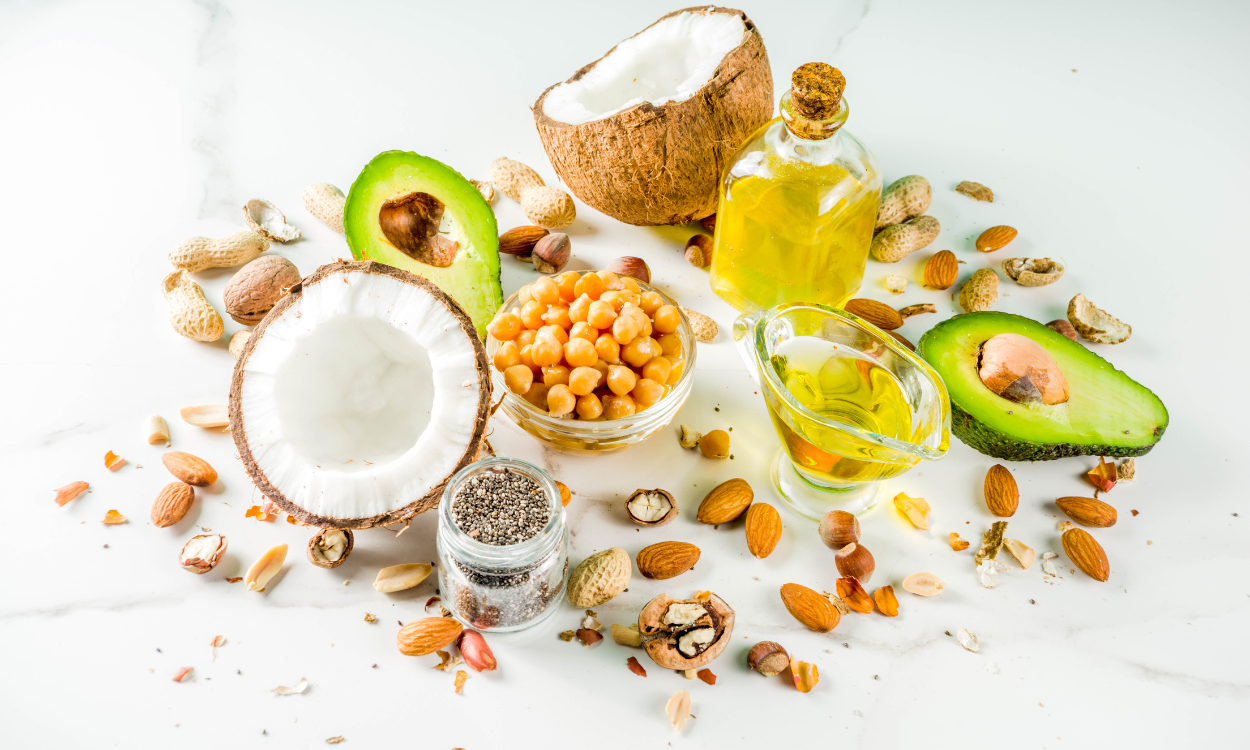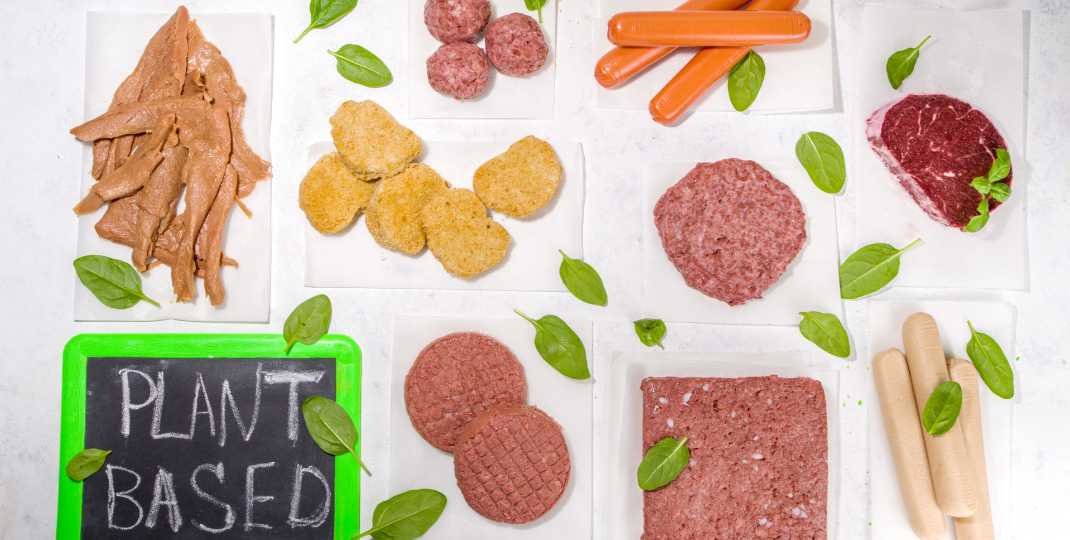Microbial Production of Single Cell Protein (SCP) is a biotechnological process that involves the utilization of microorganisms to produce valuable proteins for various applications. SCP refers to the protein produced by the growth and replication of certain microorganisms, such as bacteria, yeast, fungi, and algae, in large-scale fermenters or bioreactors. This method offers numerous benefits over traditional protein sources, including its potential to provide a sustainable and environmentally friendly alternative to animal-based proteins. Moreover, microbial production of SCP can be tailored to yield specific types of proteins with desired characteristics, making it an attractive option for various industries, including food, feed, and pharmaceuticals.

Comparison between SCP and Traditional Methods of Protein Production
SCP (SCP) is a more sustainable and efficient method compared to traditional methods of protein production. SCP is produced by growing microorganisms, such as bacteria or yeast, on various organic substrates that can include agricultural waste or industrial by-products. This process offers several advantages over traditional protein sources like animal farming or crop cultivation. Microbial production has a higher yield potential, requires less land and water resources, produces fewer greenhouse gas emissions, and can utilize low-value feedstocks. Additionally, SCP can be tailored to contain specific nutrients and has the potential to be produced at large scales, making it an attractive alternative for future protein production to meet the growing global demand.

What factors affect the efficiency and yield of SCP?
There are several factors that affect the efficiency and yield of SCP (SCP). Firstly, the choice of microorganism plays a significant role as different microorganisms have varying growth rates and abilities to convert raw materials into protein. The composition of the culture medium also affects the yield, as it needs to provide essential nutrients for microbial growth and protein synthesis. The pH, temperature, and oxygen levels in the fermentation process need to be carefully controlled as they can impact the growth and metabolism of the microorganisms. Additionally, the use of genetic engineering techniques can enhance the efficiency and yield by optimizing metabolic pathways and increasing protein expression. Finally, the recovery and purification processes employed after fermentation can also influence the overall efficiency and yield of SCP production.
Can SCP be scaled up to meet global demand?
SCP (SCP) has the potential to be scaled up to meet global demand. SCP refers to the use of microorganisms such as bacteria, yeast, or fungi to produce proteins that can serve as a sustainable and nutritious alternative to traditional animal and plant-based proteins. With advancements in biotechnology and fermentation processes, it is possible to optimize the growth conditions and nutrient inputs for these microorganisms, allowing for increased protein yields. Additionally, the use of genetically modified organisms can further enhance protein production. However, challenges such as cost-effectiveness, infrastructure requirements, and consumer acceptance need to be addressed to successfully scale up microbial SCP production to a level that can meet the increasing global demand for protein.
Are there any safety concerns associated with consuming single cell protein produced by microbes?
There may be safety concerns associated with consuming single cell protein produced by microbes. While microbial protein production has the potential to offer sustainable and alternative sources of protein, it is crucial to ensure that the final product is free from harmful substances or contaminants. The process of producing single cell protein involves genetically modifying microorganisms, which raises concerns about potential icrobial production of single cell protein allergenicity or unexpected health risks. Additionally, there is a need for rigorous quality control measures to monitor the growth conditions and ensure the absence of toxins or pathogenic microorganisms during the production process. Thorough testing, regulation, and labeling practices are essential to address these safety concerns and establish consumer trust in consuming single cell protein derived from microbes.
What is the environmental impact of compared to other protein sources?

The environmental impact of SCP is generally considered to be more sustainable and environmentally friendly compared to other protein sources. Microbial production involves the cultivation of microorganisms, such as bacteria or yeast, in bioreactors using renewable feedstocks like agricultural waste or industrial by-products. This reduces the reliance on land, water, and energy resources required for traditional protein sources like livestock farming or plant-based agriculture. Additionally, the process generates fewer greenhouse gas emissions, requires less water consumption, and produces minimal waste. Overall, SCP offers a more efficient and sustainable alternative for meeting the increasing global demand for protein while minimizing ecological footprint.

Can SCP be used to produce specific types of proteins for medical or industrial applications?
Yes, SCP can be used to produce specific types of proteins for medical or industrial applications. Through genetic engineering and biotechnology techniques, microorganisms such as bacteria and yeast can be manipulated to express and produce specific proteins of interest. This process allows for the large-scale production of proteins that are difficult or costly to obtain through traditional methods. These proteins can then be utilized in various industries, including pharmaceuticals, diagnostics, food processing, and biofuels, as well as for medical applications such as vaccine development, enzyme production, and therapeutic protein manufacturing.
How does the nutritional profile of single cell protein produced by microbes compare to traditional protein sources?
The nutritional profile of single cell protein produced by microbes generally compares favorably to traditional protein sources. Single cell protein is often composed of a variety of amino acids, vitamins, minerals, and other nutrients that are essential for human health. It can be easily tailored to meet specific nutritional requirements and has shown promise in addressing malnutrition and food security issues. Additionally, it can be produced using sustainable methods and has a lower environmental impact compared to conventional protein sources such as meat or dairy products. However, the specific nutritional composition may vary depending on the microbe used for production and the conditions in which it is cultivated. Overall, single cell protein offers a potential alternative to traditional protein sources with its versatile nutritional profile and sustainable production methods.

What are the economic implications of using SCP as a sustainable protein source?

The economic implications of using SCP as a sustainable protein source are significant. Firstly, it offers a cost-effective alternative to traditional protein sources such as animal farming, which require extensive resources like land, water, and feed. Microbial production can be carried out in controlled environments, allowing for high productivity and reduced production costs. Additionally, the scalability of microbial production enables large-scale manufacturing that can meet the increasing global demand for protein. This can lead to job creation and economic growth in the biotechnology industry. Furthermore, by reducing reliance on animal agriculture, microbial production can mitigate the environmental and economic risks associated with climate change, deforestation, and water scarcity, thus promoting long-term sustainability. Overall, the adoption of SCP has the potential to revolutionize the protein market, improve food security, and drive economic development.
The Promising Future of SCP
In conclusion, SCP holds immense potential in addressing the increasing global demand for protein-rich food sources. With advancements in biotechnology and genetic engineering, microorganisms can be manipulated to efficiently convert various inexpensive substrates into high-quality proteins. This sustainable and cost-effective approach not only reduces dependency on traditional animal-based protein sources but also offers a solution to limited arable land and water resources. Furthermore, the versatility and scalability of microbial production make it a promising alternative for both human and animal nutrition. However, further research and development are still needed to optimize the process, ensure safety and quality standards, and address socio-economic factors associated with its implementation. Overall, SCP has the potential to revolutionize the future of protein production and contribute to a more sustainable and resilient food system.
